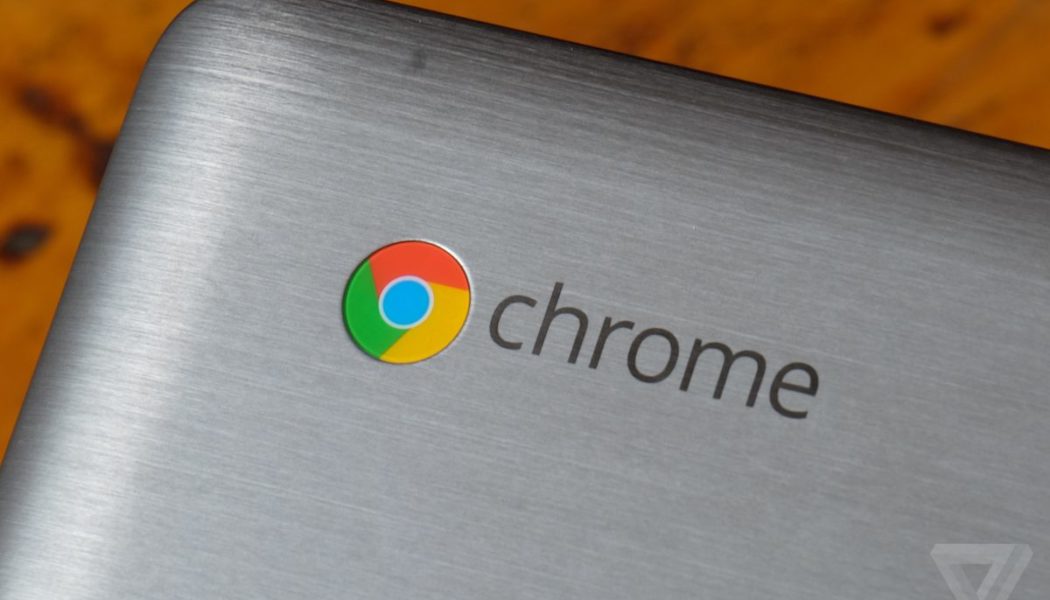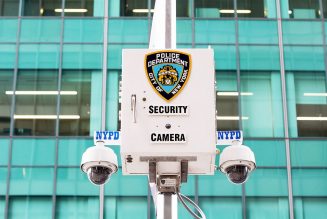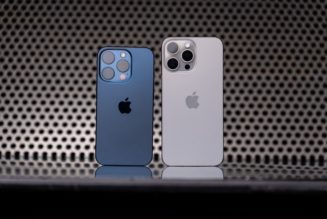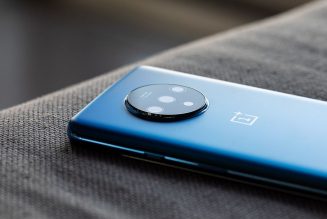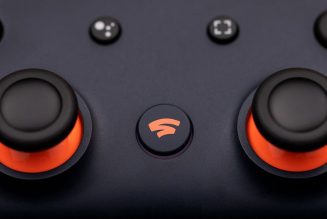Google is releasing Chrome OS Flex today, a new version of Chrome OS that’s designed for businesses and schools to install and run on old PCs and Macs. Google first started testing Chrome OS Flex earlier this year in an early access preview, and the company has now resolved 600 bugs to roll out Flex to businesses and schools today.
Chrome OS Flex is designed primarily for businesses running old Windows PCs, as Google has been testing and verifying devices from Acer, Asus, Dell, HP, Lenovo, LG, Toshiba, and many more OEMs. Flex will even run on some old Macs, including some 10-year-old MacBooks.
The support of old hardware is the big selling point of Chrome OS Flex, as businesses don’t have to ditch existing hardware to get the latest modern operating system. More than 400 devices are certified to work, and installation is as easy as using a USB drive to install Chrome OS Flex.
“We’re working on more certifications every day, and even if your device isn’t yet certified, you can still try Chrome OS Flex,” explains Thomas Riedl, director of product, enterprise, and education at Google. On devices that aren’t officially supported, you might run into some minor issues, instability, or boot problems.
:no_upscale()/cdn.vox-cdn.com/uploads/chorus_asset/file/6701225/acerwm2_2040.0.jpg)
Chrome OS Flex was made possible by Google’s acquisition of Neverware, which previously sold an application called CloudReady that allowed users to convert old PCs into Chrome OS systems. It arrives less than a year after Microsoft released Windows 11 with strict hardware requirements that will leave millions of older PCs behind.
Google is pitching Chrome OS Flex at businesses and schools that want to modernize and simplify their IT setup or improve security and manageability. It’s even a good flex for businesses focused on sustainability, allowing some organizations to reduce e-waste and energy consumption.
But the biggest draw will probably be Chrome OS Flex as an answer to the growing ransomware threat, particularly for businesses that have been hit and are open to switching away from Windows. Chrome OS is far more locked down than Windows, making it more difficult for hackers to attack.
Nordic Choice Hotels was hit by a ransomware attack in December, shutting down operations for its 200 hotels across Scandinavia. The Conti ransomware, which the US government has been aggressively pursuing, encrypted the hotel’s computers and held them at ransom. The hotel chain had been considering a move to Chrome OS as a sustainability effort and was able to immediately convert its 2,000 Windows machines to Chrome OS Flex in less than 48 hours. Employees were sent USB keys with a one-page document on how to perform the upgrade.
Not all businesses and schools will be able to easily switch to Chrome OS Flex, particularly if they rely on existing Windows apps and systems that are designed with Windows in mind. Virtualization software like Cameyo certainly helps, but Microsoft has dominated PCs for more than 30 years, so there are deep-rooted dependencies that can’t always be solved by virtualization alone. Relying solely on a cloud-powered OS also has its drawbacks, as we saw last year with two bad Chrome OS updates that left some locked out of their Chromebooks and others with performance issues.
Chromebooks have certainly shown the world there is a strong alternative to Windows, particularly for education where it has thrived thanks to Chromebooks. Chrome OS Flex is yet another choice for those who want to move away from Windows.
